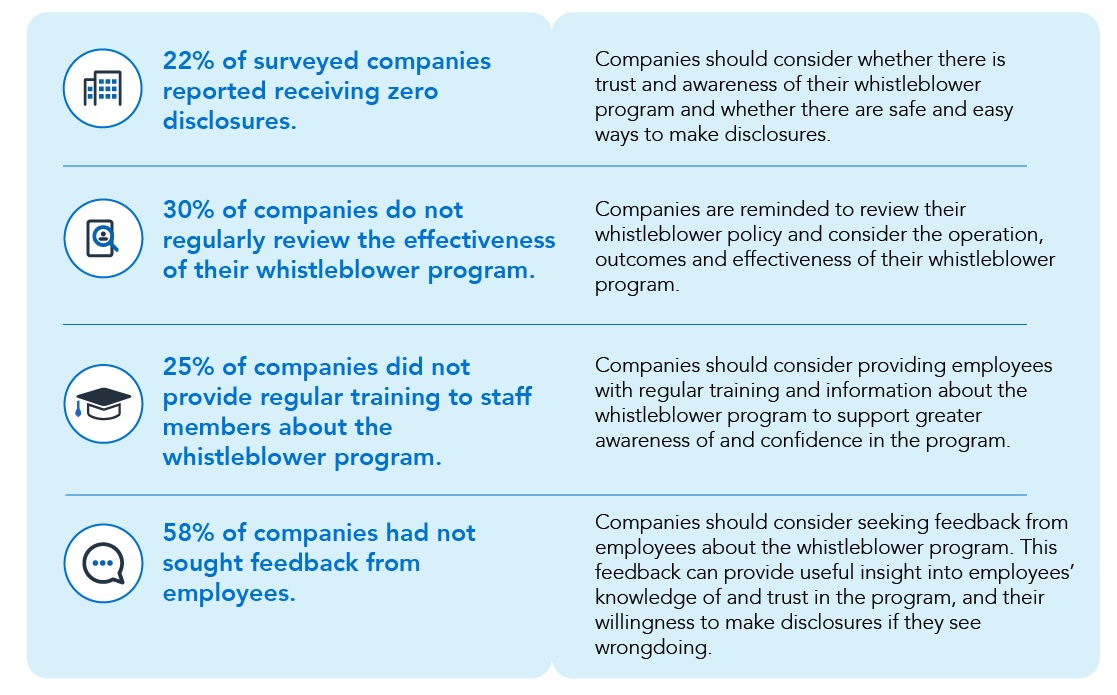Autonomy In The Workplace
Learn how workplace autonomy empowers teams and improves performance.

Is your workplace struggling with disengaged employees and missed potential due to micromanagement?
When employees feel stifled by rigid oversight, creativity dwindles, stress builds, and productivity declines. A lack of autonomy not only impacts individual performance but also holds the entire organisation back.
The key to unlocking your team’s full potential lies in workplace autonomy. By giving employees the freedom to manage how they work, you’ll boost engagement, spark innovation, and drive better results. In this article, we’ll show you why autonomy matters and how to foster it effectively.
What is Workplace Autonomy?
Workplace autonomy refers to giving employees the freedom to determine how they approach and complete their tasks. It empowers individuals to make decisions about their work processes, schedules, and methods, fostering a sense of ownership and accountability.
This may involve:
- Deciding the sequence of their tasks independently
- Having the freedom to make their own decisions
- Setting their own work pace
- Resolving issues without external help
- Exercising control over how they handle their responsibilities.
While often confused with flexibility, autonomy goes beyond simply allowing employees to work remotely or set their own hours.
Flexibility is about options, while autonomy is about control - giving employees the power to choose what works best for them within the boundaries of their responsibilities.
For example, a flexible workplace might allow remote work twice a week, but an autonomous workplace lets employees decide when and where they work to achieve the best outcomes.
In a Harvard Business Review study, 61% of employees report that they would prefer if management allowed team members to come into the office when they need to and work from home when they need to.
Autonomy aligns with a results-focused management style, where the emphasis shifts from micromanaging how tasks are done to evaluating the results.
This approach enables employees to take responsibility for their work, encourages innovative problem-solving, and ultimately drives better outcomes for the organisation.
The Benefits of Workplace Autonomy
Boosts Productivity and Innovation
Workplace autonomy enables employees to take ownership of their roles and make decisions, fostering a sense of responsibility and pride in their work.
When employees are trusted to manage their tasks, they feel empowered to explore new approaches and solve problems creatively. For instance, giving employees freedom in project execution can lead to faster, more innovative solutions that benefit the organisation as a whole.
Enhances Employee Wellbeing
Autonomy is closely linked to higher job satisfaction, as it allows employees to work in ways that suit their personal strengths and preferences.
By reducing work-related stress associated with rigid oversight and allowing employees to control their work environment and processes, autonomy promotes a healthier, more fulfilling workplace experience.
A University of Birmingham study found that increased workplace autonomy, including control over tasks and schedules, significantly enhances employee wellbeing, with employees reportedly 12% more likely to be happier with their job.
Improves Accessibility and Flexibility
By accommodating diverse needs, such as remote work or quieter workspaces for sensory-sensitive employees, autonomy helps create an inclusive workplace. Employees can adapt their work environments and schedules to fit their unique circumstances, making careers more accessible and enabling greater flexibility across the board.
Strengthens Engagement and Retention
Employees who feel trusted and valued are more likely to stay committed to their organisation. Autonomy fosters engagement by showing employees that their contributions matter, creating a sense of belonging and purpose that boosts morale and reduces turnover.
This trust-based relationship not only enhances performance but also strengthens long-term loyalty.
Steps to Foster Workplace Autonomy
- Conduct surveys or check-ins to identify blockers to autonomy
- Address micromanagement and build trust to empower employees
- Adopt an EAP provider that supports workers through difficult periods
- Set clear, aligned goals and involve employees in the process
- Provide continuous feedback and listen to employee input
- Recognise and celebrate achievements to encourage motivation
Common Challenges and How to Overcome Them
Fears of Reduced Productivity
One of the biggest concerns about workplace autonomy is the misconception that employees may become less productive without direct oversight. Managers may worry that autonomy leads to procrastination or disengagement.
However, a study in Frontiers Psychiatry showed that autonomy boosts motivation and ownership, leading to better performance. To address these fears, organisations should provide clear guidelines and performance metrics to ensure employees stay focused on achieving results while working independently.
Balancing Autonomy with Accountability
Autonomy doesn’t mean an absence of structure or expectations. The key is to pair freedom with accountability by setting clear goals, deadlines, and benchmarks.
Managers should maintain open lines of communication and use regular check-ins to ensure progress is on track.
By fostering trust while holding employees accountable for outcomes, organisations can create a balance where autonomy drives productivity without sacrificing oversight or quality.
By addressing these challenges thoughtfully, businesses can embrace workplace autonomy as a powerful tool for engagement, innovation, and growth.

Hello 👋 I’m Joel the founder of Foremind.
Are you ready for simplified support & compliance?
Latest insights
Answers to the frequently asked questions.
Still have questions?
Email us at enquiries@foremind.com.au and we'll get back to you quickly with a response
Yes, we have culturally competent counsellors available, including those able to work with first nation and CALD employees.
Onshore on secure AWS Servers in Sydney Australia. All data is encrypted in transit and at rest and our entire team is located in Australia.
Employees can access our platform on any device (mobile, laptop, desktop, etc.) as long you have the website link - no need to download any app on devices. You wouldn’t need to enrol any of your staff individually.- When we do our onboarding, we ask for the first name, last name and email of all your employees, and send out an email invite to all them which will allow them to create their own individual account to access the platform. For new staff we can also invite them or provide you with a unique link to embed in your onboarding process, whichever is more convenient for you. We also kick things off with a launch webinar or video to make sure everyone is aware of Foremind and how to use it. We’ll also provide you with any collateral such as posters, QR codes, brochures etc. to help drive awareness and encourage people to create an account in the platform.
The support line is answered by our reception service 24/7. It is for urgent platform or session-related issues only (e.g. *“My counsellor didn’t show”*) or helping staff create an account.






